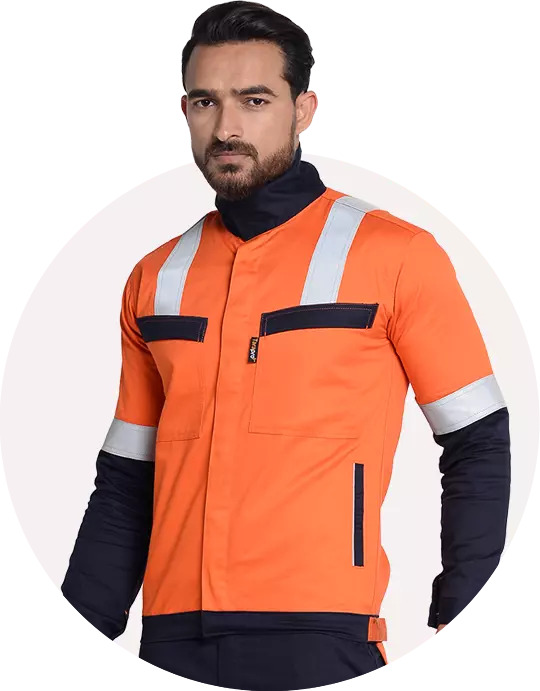
In high-risk environments where workers face potential fire hazards, the importance of proper protective gear cannot be overstated. Fire-resistant clothing (FRC) serves as a vital line of defense, providing significant benefits to individuals working in industries such as manufacturing, oil and gas, firefighting, and more. This article delves into the various advantages of fire-resistant clothing, ranging from increased safety and reduced injury risks to improved productivity and compliance with safety regulations. By understanding these benefits, employers and employees alike can make informed decisions to prioritize the well-being of their workforce.
Enhanced Protection against Fire Hazards
The primary benefit of fire-resistant clothing is the enhanced protection it offers against fire hazards. These garments are designed to resist ignition, prevent the spread of flames, and minimize burn injuries. Fire-resistant fabrics, either inherently flame-resistant or treated with flame-retardant chemicals, provide a crucial barrier between the wearer’s skin and the source of heat or flames. In the event of an accidental fire or exposure to thermal hazards, fire-resistant clothing significantly reduces the risk of severe burns and injuries.
Reduced Injury Severity
Fire-resistant clothing plays a crucial role in reducing the severity of injuries in high-risk environments. When exposed to flames, regular clothing can melt or ignite, causing serious burns. In contrast, fire-resistant garments are designed to self-extinguish, preventing the spread of fire and reducing the severity of burns. By providing an additional layer of protection, fire-resistant clothing minimizes the extent of injuries, enabling workers to escape hazardous situations more safely.
Increased Escape Time
In the event of a fire-related emergency, every second counts. Fire-resistant clothing can significantly increase the escape time for workers. Regular clothing can ignite and continue to burn, hindering individuals from reaching safety. Fire-resistant clothing, on the other hand, resists ignition and self-extinguishes, giving workers precious moments to evacuate the area and avoid life-threatening situations. This extended escape time can be the difference between a successful evacuation and a potentially tragic outcome.
Heat and Flame Resistance
Fire-resistant clothing not only prevents ignition but also provides resistance to heat and flames. These garments act as insulation, reducing the transfer of heat to the wearer’s skin. By creating a barrier, fire-resistant clothing minimizes the risk of thermal burns, allowing workers to withstand higher temperatures for longer periods. This increased resistance to heat and flames is particularly crucial in industries where workers are exposed to hot surfaces, molten materials, or potential flash fires.
Enhanced Workplace Safety Culture
The presence of fire-resistant clothing in high-risk environments promotes a strong safety culture. When employers invest in protective gear and prioritize the well-being of their workforce, it sends a clear message that safety is paramount. The provision of fire-resistant clothing demonstrates a commitment to creating a safe working environment, boosting employee morale, and fostering a culture of safety consciousness. This, in turn, encourages workers to take safety precautions seriously, increasing overall vigilance and reducing the likelihood of accidents.
Compliance with Safety Regulations
Fire-resistant clothing is often a requirement in industries with high fire risks. By providing employees with fire-resistant garments, employers ensure compliance with safety regulations and industry standards. Failure to adhere to these regulations can result in penalties, legal liabilities, and compromised worker safety. Fire-resistant clothing serves as a tangible demonstration of compliance, meeting the necessary criteria for workplace safety. Additionally, complying with safety regulations fosters trust between employers, employees, and regulatory bodies, reinforcing the commitment to maintaining a safe and healthy working environment.
FR Clothing offers numerous benefits to individuals working in high-risk environments. From the enhanced protection against fire hazards and reduced injury severity to increased escape time and resistance to heat and flames, fire-resistant garments play a vital role in ensuring worker safety. Moreover, these garments contribute to a positive workplace safety culture and help employers comply with safety regulations. By understanding and harnessing the benefits of fire-resistant clothing, employers can create a safer working environment, while employees can carry out their tasks with greater peace of mind.